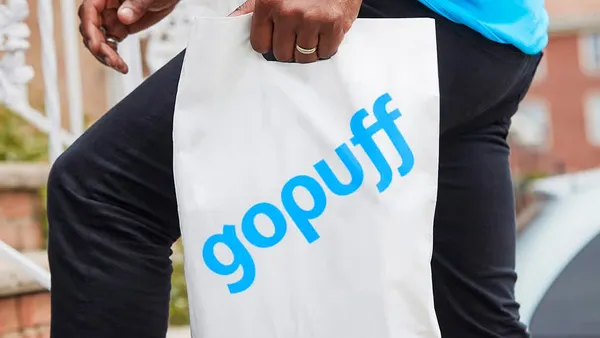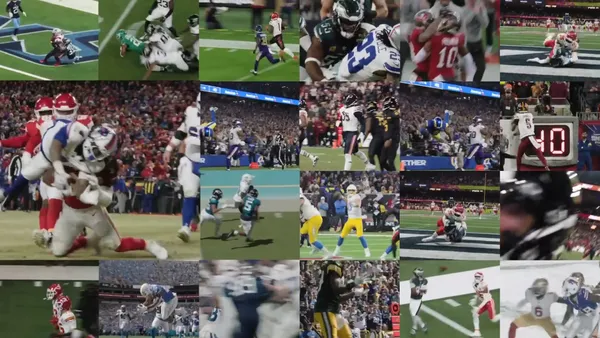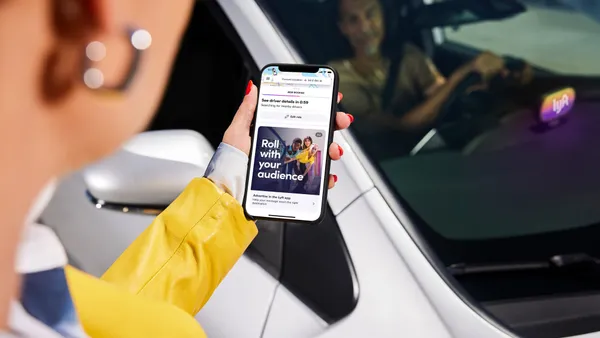Editor's Note: The following is a guest post from Dale Carr, founder and CEO of Leadbolt.
Mobile marketers are all a little guilty of leaning on general rules of thumb and a set of "givens" as practical shortcuts to boost decision-making efficiency. To a degree, deferring to popular and industry-accepted narratives can achieve predictable, even exceptional outcomes.
As Malcolm Gladwell points out in his bestselling book about decision-making, "Blink: The Power of Thinking without Thinking," it is possible to make good decisions in the blink of an eye based on information and nuances we glean from a collection of past experiences and from trusting our hunches.
Yet, the mobile advertising industry is prone to silver bullet promises about automation and optimization, and bandwagon trends and buzzwords that go unquestioned. Mobile marketers are wise to step back and re-think some of the common notions that tend to be accepted without second thought or reflection, such as:
Ad formats play a large role in predicting campaign performance (false)
There's a lot of posturing around various mobile ad formats, often by mobile ad networks hyping the benefits of the ad format in which they specialize. Mobile native ads, video ads, rich media, display, push notifications and others are pitted against each other, sometimes unfairly.
Perhaps you've heard or even bought into a few common narratives, such as:
- Mobile video ads are the best for brand advertisers
- Interstitials drive the most app installs for performance marketers
- Banners are "dead" and even "invisible" to desensitized users
Perhaps you’ve also seen predictions calling mobile video the format that will see the largest increase in digital media spend, or that another ad format routinely earns 10X better results. While data and facts are presented in piecemeal, none of those claims paint a complete picture.
The truth is, one ad format is not inherently better than another, or reserved for a specific type of marketer. Each contributes a unique advantage or feature and has a purpose within a mobile marketing mix.
Mobile users' receptivity to ads changes throughout the day, depending on what they are doing during any given moment. For example, a video ad may be a welcome experience to a user who is already watching video, but annoying to the same user if he/she is scrolling through an app or involved in making a mobile purchase. A passive banner ad might be appreciated by a customer who is using a specific area within an app, while a native ad might be most appropriate when scrolling through a mobile feed.
Campaign success depends more on the data that is applied to targeting and delivery practices, than on the ad format itself. Your mobile ad platform partner will intelligently deliver the right ad to the right user, at the right time, which involves complex algorithms, behavioral, demographic and location data.
During your asset creation phase, plan for as many ad sizes and formats as possible that can satisfy multiple mobile environments. All ad formats have a place in your marketing mix.
Yes, content is still king (and this one will always be true)
If you think that leveraging the most sophisticated mobile ad technology will do the work of engaging customers, you're only partially right.
It’s fun to experience 360-degree video, feel the thrill of precision-targeting done well and be the first to use whatever widget is new. But the best strategies and technologies must always support compelling creative that draws in customers on an emotional level or attempts to solve a need.
A recent Mobile Marketing Association (MMA) and Kantar Millward Brown Global Mobile Trends report identifies shared characteristics of the most winning campaigns. What’s the one commonality among them? You guessed it — campaigns that saw the most results featured content that addressed a human need or emotion and matched the mindset of their target audiences.
Ad targeting and delivery is a spectacular science all its own, but nothing can replace the power of compelling content that resonates on an emotional level.
Programmatic buying is the hero (but so are you)
Mobile is the key driver of growth of programmatic ad spending. EMarketer reported that this year programmatic mobile video ad spending will reach $3.89 billion, representing 51% of total programmatic ad spending in the U.S. (and surpassing its desktop counterpart).
In concept, automated media buying is an extremely useful tool when executed with skill and when working with a trusted programmatic partner, but it doesn't let companies or agencies off the hook entirely.
Human involvement from people who care is almost always necessary on both sides to evaluate the quality and holistic performance and to protect ad investments from some of the known challenges that threaten campaign success. Programmatic advertising can invite fraud from scammers trying to manipulate the system. Other threats include site quality, brand safety, ads that don’t reach the right demo and viewability. In some cases, programmatic methods allow remnant ads (low quality, less value) to enter the pool.
With the cost of mobile media increasing, ad buyers can't afford to waste dollars on fake or poor quality outcomes.
Be cautious and ask your RTB partner about their fraud detection and prevention practices. Mobile ad platforms who are partnered with trusted measuring and attribution parties are a good sign
It's an exciting time to be a marketer because mobile offers so many unique advantages in understanding our customers' interests, habits and even precise whereabouts. Mobile devices will continue to expand the limits of what we think is possible today, commanding us to always rethink our ways of doing things.
Stay curious, my friends.














